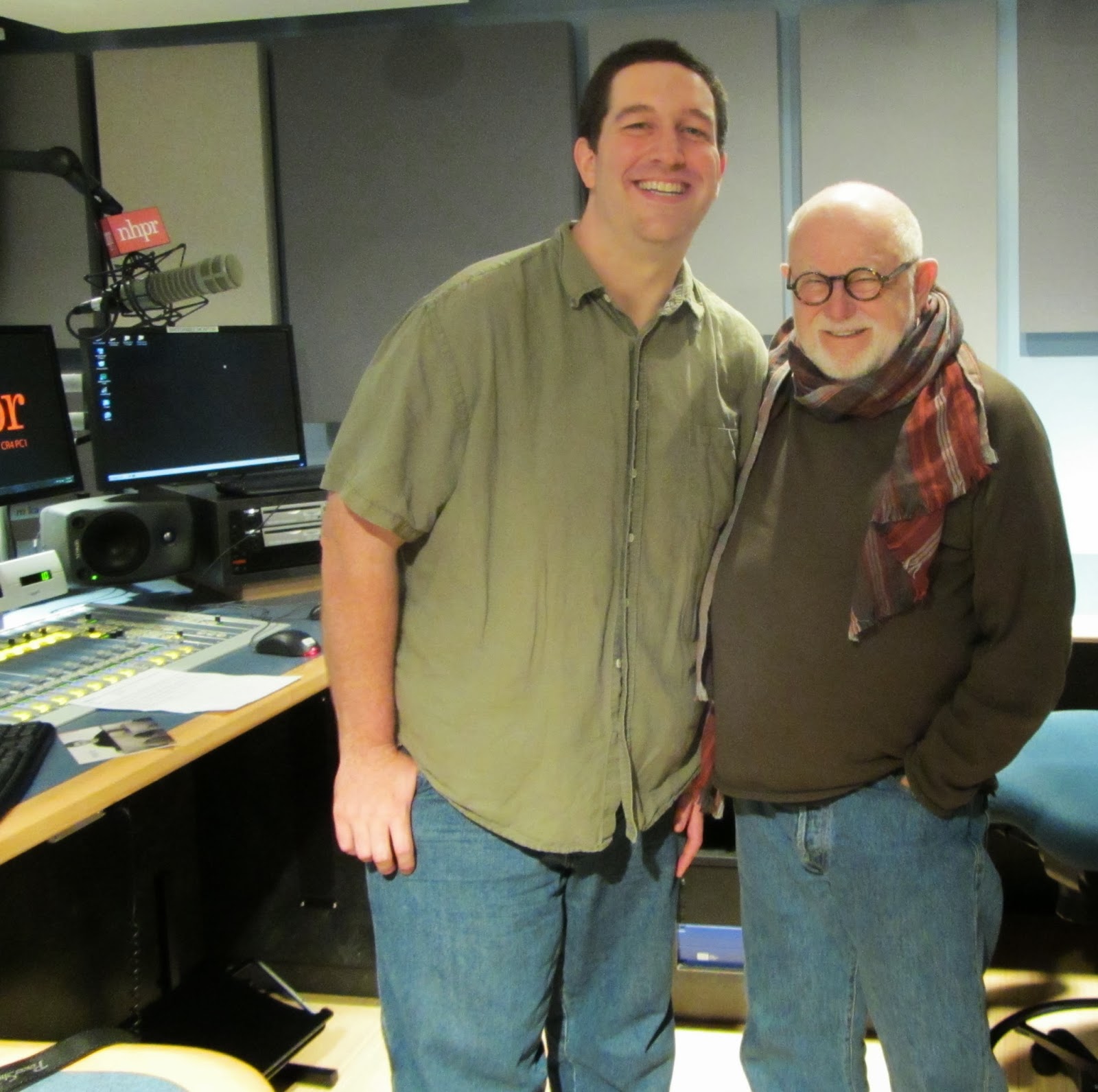The very first question I got for this series was from Roger in New Hampshire, who asked if I would please write about some of my most memorable interviews, the best, the worst, the most interesting, and so on. That also reminded me of a big Twitter thread recently:

I think my favorite was the one about how Martin Short and Tom Hanks dropped by a hot dog stand in Toronto:

Most of my famous people stories are short. Joe Biden has said “How ya doin’, man?” to me at least once, maybe twice. That’s the whole story. I think Lisa Loeb said hi to me once. Richie Havens, John Updike, Adam Lambert and Ted Cruz have all nodded at me (on separate occasions, just so we’re clear). I did have one interesting moment during the last presidential primary campaign I covered with Sen. Lindsey Graham. There had been an article in the Washington Post about how Donald Trump had given out Graham’s personal cell phone number, which made his phone ring and ring and ring, even as he was in line with Sen. Kelly Ayotte and her two kids… while they were in line to see the “Minions” movie. I was scheduled to cover one of Graham’s events not long after and decided I had to ask him what he thought of “Minions.” He didn’t miss a beat, deadpanning that “it wasn’t as good as the book.”
Probably my best and my favorite interview of all time was with author and artist Tomie de Paola, who passed away just over a year ago. When you do interviews for a living, especially when you do a lot of them, talking to a storyteller is better than a day off, because they take all the pressure away. Once I had to step in at the last minute to interview the best-selling novelist Janet Evanovich at a live event, and she was such a pro, you would’ve thought we’d been friends for years; I just lobbed questions at her and she knocked them out of the park. Tomie was the same way; he loved telling stories – that was literally the name of the TV show he hosted in 2001 – and knew how to tell them. The stories soared on their own. My only job was to drive us to the airport, so to speak.
He was on my show because a New Hampshire college where he’d once taught was hosting an exhibition of his early work, and so the story he told was about how he dreamed up his most famous character sitting through one of the “dreadful faculty meetings, that were so inconsequential. I always sat in the back row, with a big yellow foolscap legal pad, and I would doodle. And, of course, they thought I was taking notes, isn’t he interested in what we’re talking about!”
During that day’s meeting, he doodled the commedia dell’arte character Punchinello, something his theater students were going to be studying. “All of a sudden,” he continued, “a little kerchief appeared on the head of Punch, and suddenly (there was) a little lady. And I said, isn’t she cute! And her name was Strega Nona. It just happened.” He put the picture on the drawing board for safekeeping, in case he needed a character for another picture book. Sure enough, he did. “Two months later, my editor asked me to retell a folk tale,” and that’s how millions of readers have come to love Strega Nona and her magic pasta pot.
He cracked both of us up with the last line of the story: “I always worried that the board of trustees would come knocking on my door and say, we’d like 10 percent, since our faculty meeting was the inspiration.”

Lots of successful people are good storytellers but Tomie was also a good listener. I mentioned to him after the interview that my then two-year-old was a big fan of his book “The Birds of Bethlehem,” in which Tomie had drawn shining stars in the sky as part of the story of the first Christmas. My little guy was taken with these pictures and called the book “the fireworks book.” Tomie loved this and signed a copy of the newest Strega Nona book to him. That was awfully generous on its own, but some months later he was having a book event at our neighborhood bookstore, and when he saw me and my little man there, he not only recognized me, but remembered the story I’d told him about the fireworks book. “Is this clever little O?” he said, with a big smile.
Which, of course, made us feel pretty special, though I bet there are lots of stories just like that one. During the interview we talked about a saying from one of his art teachers, that being an artist is more than what you do, it’s the way you live your life. Part of that was very literal; I once saw Tomie give a slide presentation on his house in New London, New Hampshire, which was itself a work of art. Another part was his knack for seeing things in unique ways and bringing them to life; he called it “making the invisible visible,” finding a way to take what was in his head and use it to make a blank page better. But I think Tomie also found a way to thread the joy that came from his art through the rest of his life. He certainly managed to thread some of it through mine.

